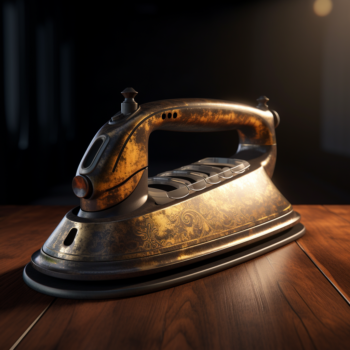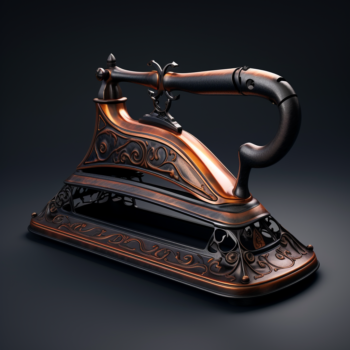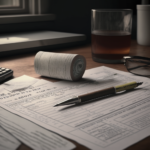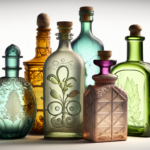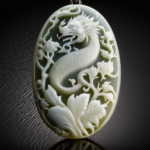One of the inventions during ancient times that changed domestic life was the pressing iron. Also, known as the flat iron or clothes iron, it was created independently in various regions around the world. No single country or region can take full credit for inventing it. Different cultures and civilizations created their own versions over centuries. This brings us to the important question, how much is an antique iron worth?
Antique pressing irons have played a crucial role in smoothing wrinkles and creases from clothing for centuries. Before they were invented people used flat, smooth stones or metal plates heated over open flames to press their garments. Ancient civilizations like the Greeks, Romans, and Chinese all had their early versions of flat irons, often made of materials like metal or smooth stones.
The design and technology of pressing irons evolved over time and across different regions. It saw improvements such as the addition of handles and the development of more efficient heating methods. Eventually, in the 19th century, the cast-iron flat iron with a handle became a common household item in Europe and in the United States.
Right from the early simple flat irons heated by open fires to the intricate and ornate types that followed, each antique iron tells a story. Antique collectors are often drawn to specific eras or styles of pressing irons. From the Victorian cast-iron models to the elegant Art Nouveau designs of antique pressing irons, all are desired by enthusiasts and have a great demand in the antique market.
That is why it is important to know how much is an antique iron worth? The answer to this question lies in the several factors that contribute to determining the worth of these intriguing relics. While it’s true that determining the value of an antique iron is a complex process, but researching and learning more about the factors that influence its value helps. Let’s delve into each one of them and learn how to accurately determine the real worth of pressing irons.
Historical Significance:
One of the primary factors in appraising the value of an antique iron is its historical significance. The age of the iron plays a crucial role in this assessment. Early irons from the 18th and 19th centuries are highly prized due to their scarcity and the insights they offer into the domestic practices of the time. Such irons can provide a tangible connection to the lifestyle and technology of a specific period.
Craftsmanship and Design:
The craftsmanship and design of an antique iron greatly influence its value. Intricately detailed patterns, engravings, and decorative elements showcase the artistry of the era in which the iron was made. Hand-forged irons, which were meticulously shaped by blacksmiths, often command higher prices due to the labor-intensive nature of their production. The presence of unique features and innovative mechanisms also adds to the iron’s appeal.
Material and Construction:
Antique irons were typically made from materials such as cast iron or brass. The material used, along with the quality of construction, can impact the iron’s durability and overall condition. Irons that have withstood the test of time without excessive corrosion or damage tend to hold higher value. Additionally, certain irons may feature wooden handles, which can contribute to their aesthetic and functional value.
Brand and Maker’s Marks:
Some antique irons bear recognizable maker’s marks or branding, which can significantly elevate their value. Established manufacturers often left their mark on their products, indicating not only authenticity but also a certain level of quality. Collectors and appraisers familiar with these marks can trace the iron’s provenance and determine its potential rarity.
Rarity and Uniqueness:
The scarcity of a particular antique iron model can greatly influence its value. Unusual or rare designs, limited production runs, and distinctive features that set an iron apart from others of its time can drive up demand among collectors. The combination of rarity and desirability can result in a higher appraised value and help determine how much is an antique iron worth.
Condition and Preservation:
The condition of an antique iron plays a critical role in determining its value. Well-preserved irons with minimal wear, intact handles, and minimal signs of corrosion or damage are more sought after by collectors. Extensively restored or heavily damaged irons may have diminished value, as they may no longer accurately represent their original state.
Market Demand and Trends:
The current market demand for antique irons can also impact their appraised value. Trends among collectors, shifts in interior design preferences, and the popularity of vintage and historical items can influence the perceived worth of antique irons.
Provenance and Documentation:
Having provenance and historical documentation can add credibility to the appraisal process. Records of ownership, photographs, and historical references that connect the iron to specific events or individuals can enhance its value and provide a comprehensive context for potential buyers.
If you are looking for a professional appraisal of your antique iron, you can seek expert opinion from Appraisily appraisers. These experts have decades of experience in handling appraisals and providing guidance. To know how much is an antique iron worth, our appraisers can help you.
